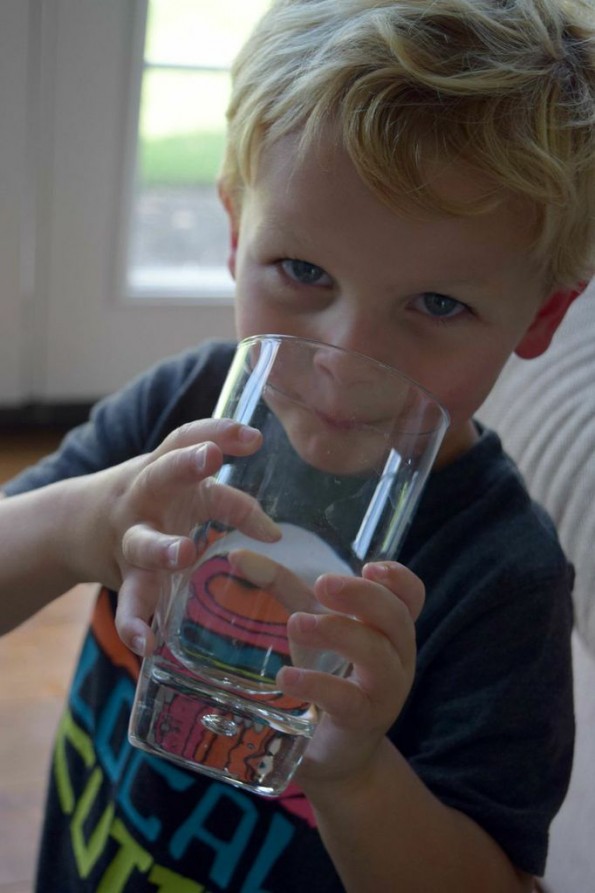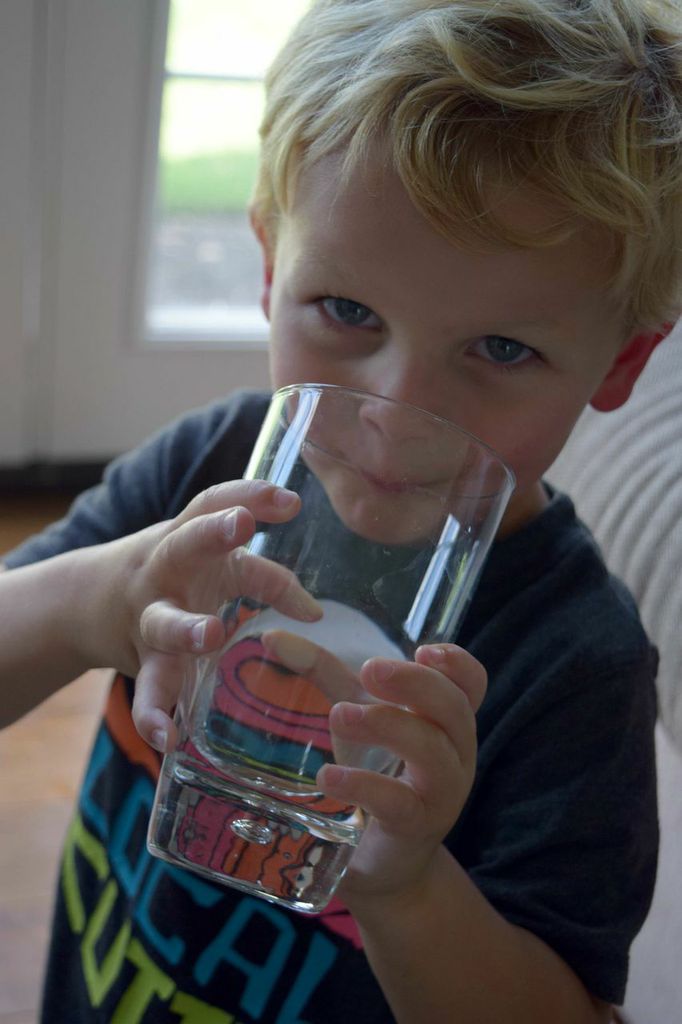 Tap water has been given a bad reputation lately. Many people hail it as unsafe and opt to buy bottled water instead. But just how much wiser of a decision is this? It may surprise many Utahns to learn how lucky they are when it comes to clean tap water.
Tap water has been given a bad reputation lately. Many people hail it as unsafe and opt to buy bottled water instead. But just how much wiser of a decision is this? It may surprise many Utahns to learn how lucky they are when it comes to clean tap water.
Much of the drinking water in America is reused. This is especially true for lower states which bottom feed at the end of a river. Think Mississippi, Florida, Louisiana, etc. Even some parts in Western Texas have adopted a “toilet to tap” arrangement, which, horrifyingly enough, is exactly what it sounds like.
“Comparing us with other states when talking water qualities, the fact that we’re on top of a mountain contributes to the high quality of water,” says Utah’s Division of Drinking Water Director Ken Bousfield.
In fact, in a national taste test conducted by the American Waterworks Association, Salt Lake City was declared champion.
That, however, hasn’t stopped several Utahns from being alarmed when they discover what kinds of chemicals have been found in our tap water. Chemicals such as chloroform, arsenic, and other acids have been detected from the tap, according to a 2006 report by the National Drinking Water Database. But none exceeded legal limits.
Bousfield would like to remind Utahns that it’s good for our water to have some added elements to it, for health reasons. “Remember, it’s good to have chemical constituents dissolve in the water because they stabilize it. One of the significant properties of water is that it is nearly a universal solvent. When one drinks pure water, with no dissolved minerals in it, the minerals in the body will be easily dissolved by that water,” he says.
When consumers opt for water from a bottle, it’s important to remember that the FDA monitors that product and conducts quality test with a shorter list of contaminants. Almost 200 different private labels of bottled water exist, with only about two percent of those reporting their containments.
The Environmental Working Group also published quality reports on these 200 different water-bottling companies, which can be found on their 2011 scorecard. Scarily, most labels received a “C” or lower.
The EPA publishes consumer confidence reports annually on its website, allowing citizens to view the healthy quality of their public water usage. Utah’s Division of Drinking Water recognizes that those with specific health needs or lower immune systems (such as frail elderly, HIV/AIDS patients, or pregnant women) may be more susceptible to microbial contaminants.
In response, many recommendations are given, such as drinking filtered tap water with a filter certified to remove the pollutants and to change them often.
The biggest issue, however, for Utahns and their clean water, is being able to manage its cleanliness in the face of a rapidly growing population and the resulting increase of pollutants.
Currently, Bousfield maintains, “Compare levels of drinking water with standards you’ll find that it’s not a level of concern.”






